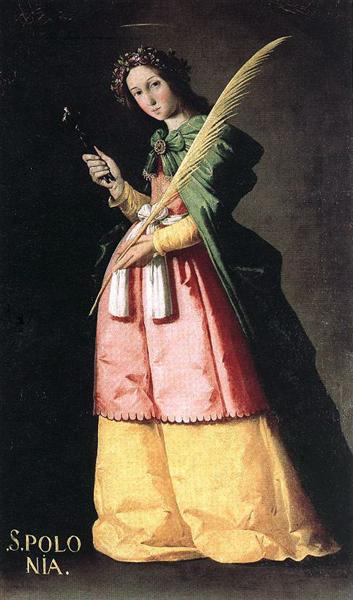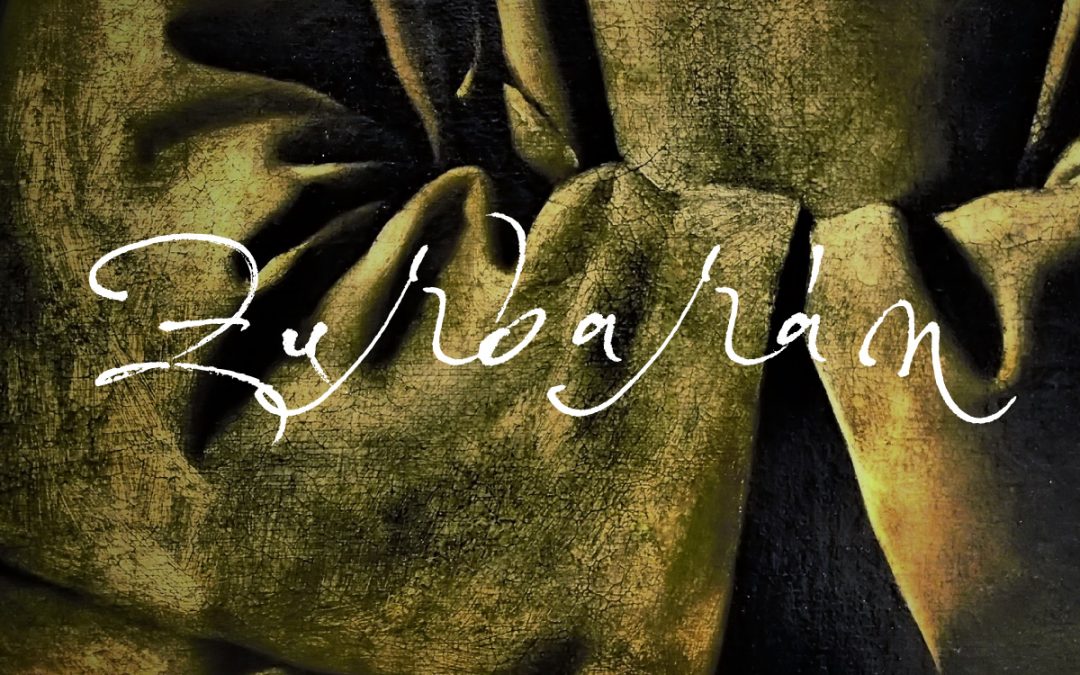Francisco de Zurbarán, born in Fuente de Cantos (Badajoz) on 7 November 1598 and died in Madrid on 27 August 1664, was one of the most important Baroquepainters of the Spanish Golden Age.
His paintings are characterised by religious themes, with a strong emphasis on mysticism, still figures, chiaroscuro and acid tones and backlit silhouettes. He is the painter who best depicted male monastic life in his work. The silent monks in black or pure white.
Zurbarán was the son of a merchant of fabrics and yarns, in each painting he painted those fabrics, their weight, the dense folds, the woollen habits of the monks, the coarse thread of the tablecloths, the patches of the tunics of the San Franciscans, he reflected the green and strawberry silk in the painting of “St.Apollonia” or fancy brocades. He is above all the painter of the tactile, of the world of volumes and textures. Influenced above all by what he saw in the theatres and the fashion coming from Venice.

One of his most representative works, “Saint Ambrose“, is a great example of Zurbarán’s painting, in which we can appreciate the strength that the light gives to the red and gold damasks of the cape or the ochre felt of the micra.
In his painting, canvases and elements acquire more strength than faces. In the paintings, the fabrics come alive, from the fold to the texture.. “you can see the fabric without touching it”.
The exhibition held in 2013 at the Espacio Santa Clara in Seville and directed by the couturier Elio Berhanyercombining painting, fashion, music and dance inspired by the work of Zurbarán, the great couturier Balenciaga, creates a costume for the exhibition, inspired by the painter’s painting “.Santa Casilda”, creating the Zurbaran volumes that characterise the couturier’s timeless style. Marriage between painting and fashion.
Zurbarán is considered to be the first Spanish couturier.
The most important Zurbarán exhibitions are currently held at the Museo Nacional del Prado in Madrid, the Museo de Bellas Artes in Seville, the Museo Nacional Thyssen-Bornemisza, and the house of Francisco de Zurbarán in Fuente de Cantos (Badajoz).






Recent Comments